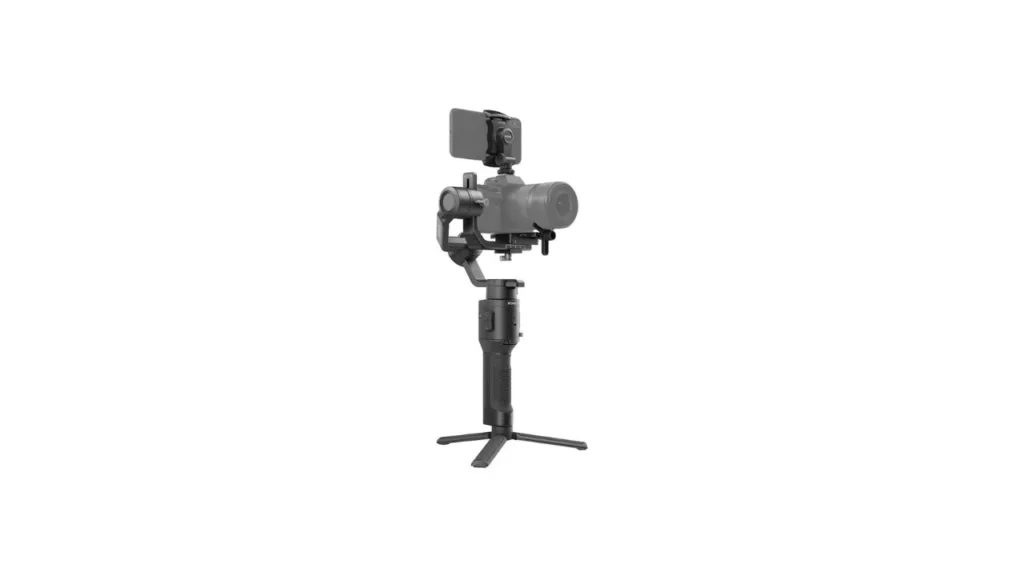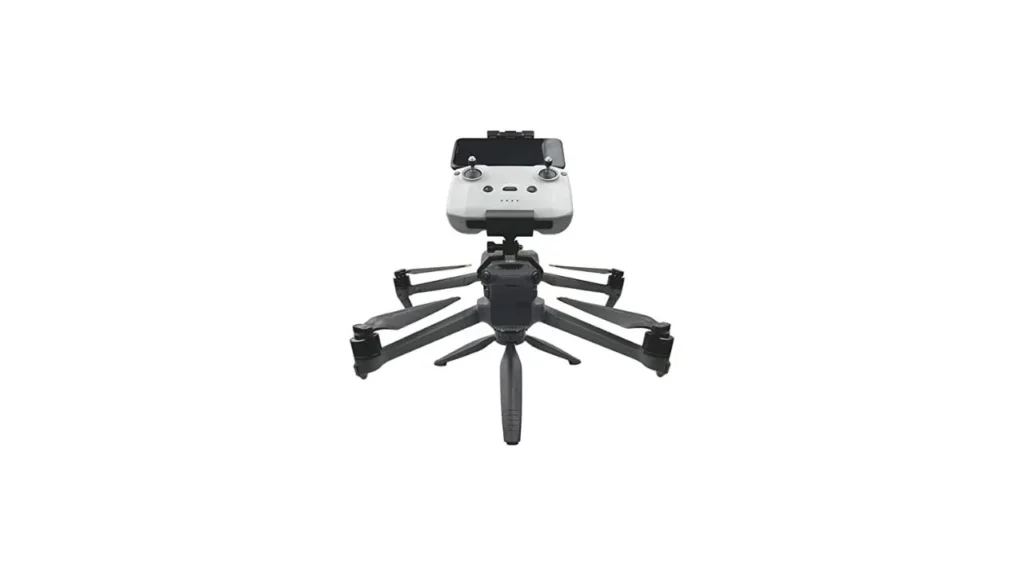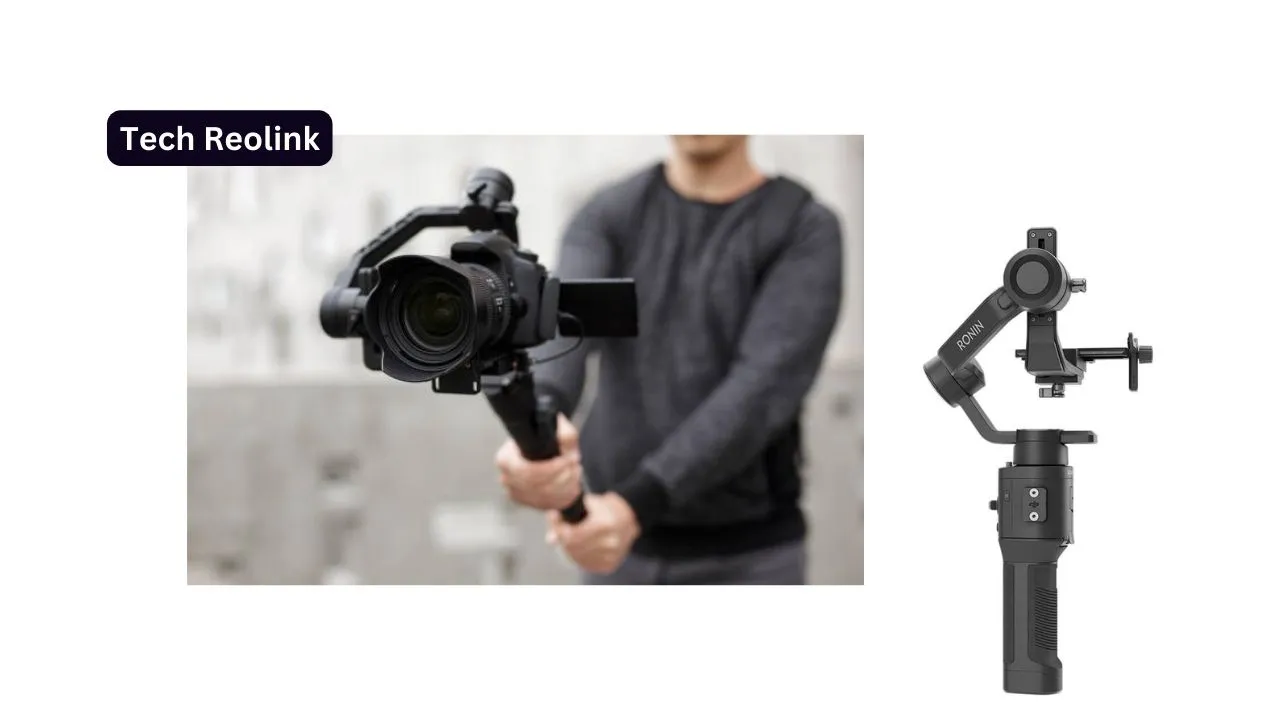A camera stabilizer is a game-changer in cinematography, providing a seamless solution to shaky footage. Precisely engineered to counteract vibrations and jitters, a camera stabilizer ensures a buttery-smooth shooting experience. This ingenious device operates on the principles of balance and precision, leveraging advanced gyroscopic technology. By stabilizing the camera along three axes—pan, tilt, and roll—a stabilizer neutralizes unwanted movements, allowing filmmakers to capture professional-grade, steady shots. Whether navigating dynamic landscapes or executing intricate maneuvers, the camera stabilizer is indispensable for videographers seeking unparalleled stability and unrivaled visual excellence. Dive into the mechanics of this cinematic marvel and elevate your filmmaking to new heights.
What is a camera stabilizer?
A camera stabilizer is an essential tool in the filmmaker’s arsenal, designed to eliminate unwanted shakes and vibrations from video footage, ultimately delivering a polished and professional look. This ingenious device operates on the principles of balance and precision, actively counteracting the inherent instability of handheld shooting. Utilizing advanced gyroscopic technology, a camera stabilizer stabilizes the camera along multiple axes, including pan, tilt, and roll. This dynamic counterbalance ensures that the footage remains smooth and visually captivating even when navigating challenging terrains or executing complex camera movements. In the ever-evolving landscape of cinematography, a camera stabilizer is a crucial asset, allowing filmmakers to achieve cinematic excellence with steady and fluid shots.
How does a camera stabilizer work?
A camera stabilizer is a sophisticated device engineered to rectify the inherent instability of handheld filming, ensuring a consistently smooth and professional outcome. Operating on the principles of balance and precision, a camera stabilizer employs advanced gyroscopic technology to counteract undesirable movements along three fundamental axes: pan, tilt, and roll. By stabilizing the camera in real-time, this ingenious tool nullifies shakes and vibrations, allowing cinematographers to capture fluid and steady shots. Whether navigating challenging terrains or executing intricate camera maneuvers, the stabilizer’s complicated system maintains equilibrium, resulting in visually compelling footage. This essential accessory has become a cornerstone in the toolkit of filmmakers, revolutionizing the quality and dynamic range of video production.
The Advantages Of Using A Camera Stabilizer
A camera stabilizer is invaluable for capturing high-quality photos and videos, surpassing the limitations of flat surfaces or timers in visual storytelling. Its significance lies in minimizing small hand movements that could otherwise compromise photo clarity, ensuring a substantial improvement in image quality. The stabilizer’s prowess extends to reducing camera shake, resulting in seamlessly smooth videos. Its ability to allow shooting from a greater distance opens up creative possibilities for unique and compelling shots.
Advanced models go beyond features like automatic face detection and time-lapse video creation, elevating the photography experience.
Moreover, a camera stabilizer serves as a cornerstone for stability and comfort during prolonged shooting sessions, enabling the capture of steady shots over extended periods. It facilitates dynamic images with smooth movement recording, enhancing the overall quality without compromising footage integrity. Some models even offer the versatility of attaching additional accessories, such as lights or microphones, contributing to an elevated production value for photos and videos. A camera stabilizer is an indispensable tool for those seeking to enhance their visual storytelling skills.
Tips for Using a Camera Stabilizer
Here are some tips for using a camera stabilizer effectively:
Balance the stabilizer:
Properly balancing the camera on the stabilizer is crucial for achieving stable shots. Follow the manufacturer’s instructions to adjust the stabilizer’s balance by adjusting the camera’s position and counterweights. A well-balanced stabilizer will help in reducing unwanted movements.
Practice proper grip and posture:
Hold the stabilizer with a relaxed grip and maintain good posture while using it. Avoid gripping it too tightly, as it can introduce unnecessary tension and vibrations. You can achieve smoother shots by maintaining a relaxed grip and steady posture.
Use smooth and deliberate movements:
Avoid sudden jerky movements while operating the stabilizer. Instead, focus on slow, smooth, and intentional actions. Gradually pan, tilt, or walk to capture fluid and cinematic shots. Practicing controlled movements will help in achieving professional-looking footage.
Adjust the settings:
Many camera stabilizers come with adjustable settings for fine-tuning the stabilization. Explore the grounds and experiment with different modes to find the best one for your shooting style and environment.
Practice with different camera setups:
Try using the stabilizer with various camera setups, including different lenses and accessories. Each design may have another weight distribution, so practicing and adjusting the stabilizer to maintain balance and stability is essential.
Use two hands when necessary: For larger stabilizers or longer shooting sessions, consider using two hands to hold and operate the stabilizer. This can provide better stability and reduce fatigue.
Calibrate and update firmware:
Keep it current if your stabilizer has firmware or software updates available. Additionally, some stabilizers may have calibration options to ensure accurate stabilization. Follow the manufacturer’s instructions for calibrating and updating your stabilizer.
Experiment with different shooting techniques:
Don’t be afraid to experiment with other shooting techniques and angles. Try low-angle shots, high-angle shots, tracking shots, or even creative movements like dollying or circling subjects. Using a stabilizer opens up a world of creative possibilities, so explore and have fun with it.
Types of camera stabilizers
Several types of camera stabilizers are available, each designed to cater to different needs and shooting styles. Here are some common types:
Handheld Stabilizers
These are compact and portable stabilizers you can hold with your hand. They typically feature a handle or grip and utilize mechanisms like gimbals or counterweights to stabilize the camera and reduce shake during handheld shooting.
Gimbal Stabilizers

Gimbal stabilizers use motorized three-axis systems to stabilize the camera. They provide smooth and steady footage by actively counteracting any unwanted movements. Gimbal stabilizers are famous for their versatility and ability to capture fluid motion shots.
Shoulder Rigs: Shoulder rigs are larger stabilizing systems that rest on your shoulder and chest. They provide stability by distributing the camera’s weight across your body, reducing fatigue during extended shooting sessions. Shoulder rigs often have additional accessories like handles, mounts, and adjustable components for customization.
Tripods
While tripods primarily provide stability by resting the camera on a fixed stand, some tripods come with additional features for stabilization. These include adjustable heads, fluid motion controls, and built-in stabilizing mechanisms.
Steadicams
Steadicams use a combination of counterweights and mechanical stabilization systems to achieve smooth and steady footage. They involve wearing a harness supporting the stabilizing arm carrying the camera. Professional filmmaking commonly uses Steadicams to capture smooth tracking shots and dynamic movements.
Drone Stabilizers

Drones often have built-in stabilization systems to counteract camera movements caused by wind or drone flight. These systems use gyroscopes and accelerometers to stabilize the camera and capture stable aerial footage.
These are just some of the primary camera stabilizers available in the market. Each type has advantages and is suited for different shooting scenarios and preferences.
What is the best camera stabilizer?
Selecting the best camera stabilizer is crucial for photographers and videographers seeking unparalleled stability in their work. Several factors contribute to determining the ideal stabilizer for specific needs. Gimbal stabilizers, such as the DJI Ronin series, are often praised for their advanced 3-axis stabilization, perfect for dynamic shots. For those preferring a vest and arm system, the Steadicam brand is renowned for its reliability in distributing weight for fatigue-free shooting. Handheld options like the Zhiyun Crane series provide portability without compromising stability. The choice depends on individual preferences, the type of camera used, and the intended shooting conditions. Evaluating features such as payload capacity, battery life, and additional functionalities like auto-face detection can guide users in selecting the best camera stabilizer tailored to their creative pursuits.
Best Camera stabilizers
| Camera Stabilizer | Type | Weight Capacity | Price |
|---|---|---|---|
| DJI Ronin-S | 3-Axis Handheld Gimbal | 8 lbs (3.6 kg) | $699 |
| Zhiyun Crane 3S | 3-Axis Handheld Gimbal | 14 lbs (6.4 kg) | $849 |
| Moza AirCross 2 | 3-Axis Handheld Gimbal | 7 lbs (3.2 kg) | $429 |
| FeiyuTech AK4500 | 3-Axis Handheld Gimbal | 10 lbs (4.5 kg) | $749 |
| Glidecam HD-2000 | Handheld Stabilizer | 2-6 lbs (0.9-2.7 kg) | $349 |
Further More:
How to Use a Canon Camera: A Detailed Beginner’s Guide
How To Reset Arlo Camera – Step By Step Guide
What is a Camera Polarizer Lens Filter-Comprehensive Guide
Conclusion
In conclusion, camera stabilizers revolutionize cinematography, offering stability and eliminating unwanted shakes. Operating on principles of balance and precision, these devices, from top handles to sophisticated 3-axis gimbals, enhance shooting experiences. The advantages span from professional-grade footage to comfortable prolonged sessions. Tips include proper balancing, smooth movements, and exploring settings. Diverse stabilizer types cater to varied needs, and choosing the best involves evaluating factors like payload capacity and brand reputation. The detailed comparison further aids in decision-making. In essence, camera stabilizers are indispensable tools, propelling filmmakers to new heights of visual storytelling with seamless, steady shots.

Стильные советы по выбору крутых видов на каждый день.
Заметки стилистов, события, все новинки и шоу.
https://intgez.com/read-blog/60573